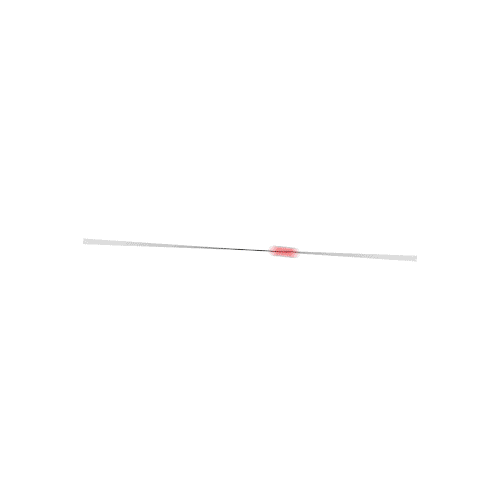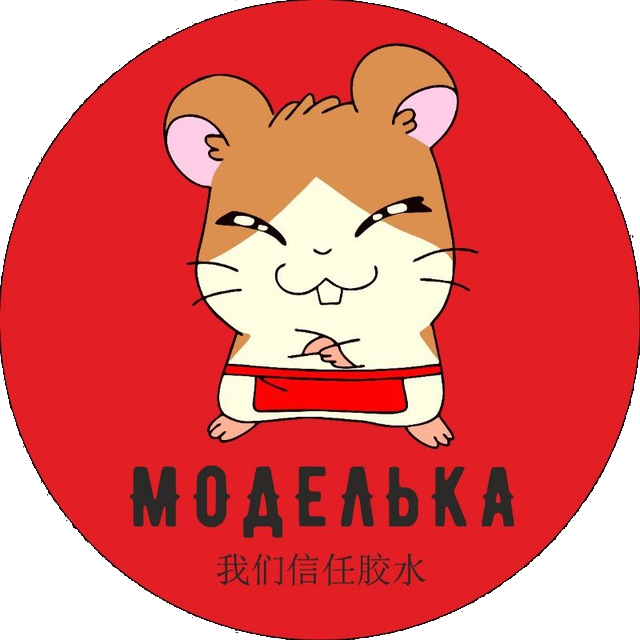DUKW is an American amphibious vehicle used on a large scale during World War II. DUKW was powered by a 6-cylinder carburettor engine with a capacity of 90 HP, it had all-wheel drive, and it moved in the water thanks to a single propeller located at the rear of the vehicle. The first copies were made at the General Motor Company in 1942, and by the end of the war, more than 21,000 were produced. The DUKW was a universal vehicle, with high speed on the road as well as good seaworthiness. Interestingly, it was one of the first to allow the driver to adjust the tire pressure, which made it suitable for both dirt roads and sandy beaches. The Allies used DUKW in all theaters of war and built various weapons on it: from Browning machine guns, through 105mm M2 howitzers, to unguided missiles. The last copies were withdrawn from service only in the 70s. Technical data: length: 9.45m, width: 2.44m, height: 2.69m, weight 6500kg, engine power: 90KM, speed: 80km / h on the road, 10km / h in the water.The M4 Sherman was an American medium tank from the Second World War. The first prototypes were built in 1941, and serial production was carried out in the period 1942-1945. In total, about 49,000 copies of this tank of all versions were created, which makes it one of the most produced tanks of the Second World War and the most important tank in the equipment of the Allied armies during this conflict. The M4 Sherman was powered by a single engine version of the M4A1 Continental R 975 C4 with a power of 400 hp . The vehicle was armed with - depending on the version - a single 75mm M3 cannon or a 76mm M1 cannon or a 105mm M4 howitzer and two 7.62mm Browning1919A machine guns. The M4 Sherman was developed as the successor to the M2 and M3 tanks, although it used many of the latter's components. First of all, it only used a slightly changed chassis of the M3 Lee car. When designing the M4 Sherman, the emphasis was primarily on playing the role of an infantry support vehicle, and not fighting enemy tanks - this was the role of American tank destroyers. Only possible clashes with the carts were assumed Pz.Kpfw III and Pz.Kpfw IV. A significant role was also played in the mass production of the new tank and the lowest possible production costs. The result was a tank with good armament for 1942 and early 1943, average armor, but with a tilted front plate, but also with poor maneuverability and - especially in the first versions - very susceptible to fire as a result of hitting the engine compartment . At the same time, however, a tank was created that could be truly large-scale production and had a significant modernization potential. Many development versions were created in the course of serial production M4 Sherman. Chronologically the first was the M4A1 version that already had a cast armor. Another - M4A2 - had welded armor and a new General Motors 6460 engine with 375-410hp, but much less prone to fire. A version of the M4A3 also appeared, armed with a 105 mm howitzer and powered by a Ford GAA engine with a capacity of 450 HP. Based on the M4A3 version, two sub-versions were created: the M4A3E2 Jumbo with reinforced armor and the M4A3E8 with the HVSS and 76mm gun. An interesting development version was also the T34 Calliope with mounted missiles not guided on the turret. The M4 Sherman was also supplied in huge numbers to the British and Red Army. The former developed a version of the Firefly based on it, with a great 17-pounder anti-tank gun. During World War II, M4 Sherman tanks fought in North Africa (1942-1943), Italy (1943-1945), during the battles in Normandy, France and West Germany (1944-1945), but also in the Pacific or in the ranks The Red Army on the Eastern Front. After World War II, the M4 Sherman was used in many countries, including Argentina, Belgium, India, Israel, Japan, Pakistan and Turkey. He also took part in many post-1945 conflicts, including the Indo-Pakistani War of 1965 and the Six-Day War of 1967.Jeep Willys (other names: Willys MB, Jeep) is an American off-road car from the Second World War and the post-war period. The first prototypes of the car were built in 1940, and serial production was carried out in 1940-1945. Nearly 650,000 copies of it were created in its course! The weight of the cart was about 1.1 tons, with a length of 3.36 meters and a width of 1.57 meters. The drive was provided by a single engine with a power of 60 HP. The maximum speed was up to 105 km / h. The Jeep Willys was developed to order and demanded by the US Army, which in 1940, faced with the war, asked for a completely new 4x4 passenger car with a load capacity of up to 250 kilograms, which could be mass-produced. It is worth adding that initially the American Bantam Car with the Bantam BRC was the clear favorite in the tender. However, the US Department of Defense, striving to ensure the best possible car design and trying to ensure trouble-free series production, handed over the plans for the Bantam BRC to the Willys and Ford plants. Based on these plans, Willys developed a Jeep that had a much better power unit than the original Bantam BRC, as well as being mechanically more perfect. Ultimately, it was this car, the Willys Jeep, that won the tender for the US Army. The presented car was actually mass-produced and went to almost all Anglo-Saxon armies fighting in World War II, and thanks to the Lend-and-Lease program, also to the Soviet Union. He took part in hostilities in North Africa, Italy, Northwest Europe and the Pacific. It is often assumed that the Jeep Willys is one of the symbols of American triumph in World War II.



